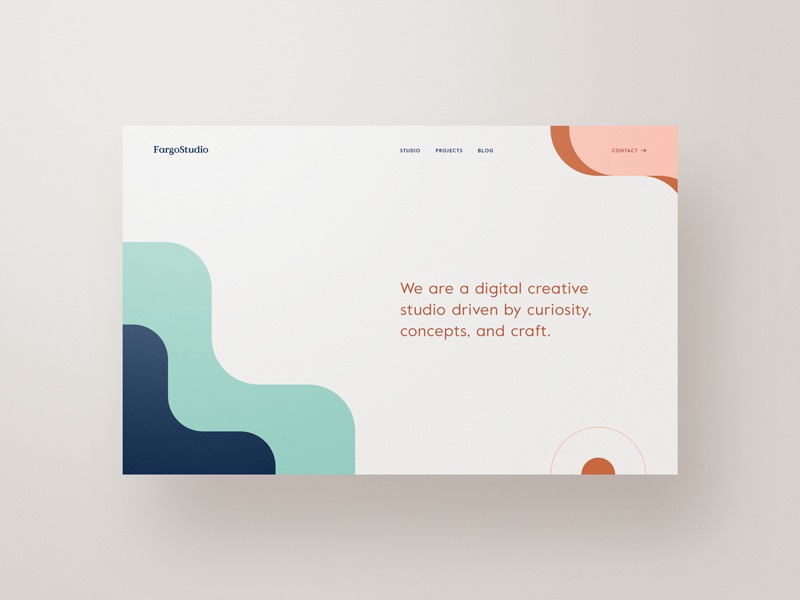Pulse of Information
Your source for the latest insights and updates.
Less is More: Why Minimalist Web Design Wins Hearts
Discover the magic of minimalist web design and learn why less truly wins hearts. Transform your site and captivate your audience today!
The Psychology Behind Minimalist Web Design: Why Less is More
Minimalist web design is rooted in the psychological principle that less is more. This approach not only declutters the user experience but also enhances the focus on essential elements, such as content and calls to action. By reducing the number of distractions on a page, users can process information more effectively and navigate intuitively. Studies have shown that a clean layout with ample white space can lead to increased retention of information and a more satisfying browsing experience. This principle aligns with cognitive load theory, which posits that an overloaded interface can overwhelm users, diminishing their capacity to engage thoughtfully with the content presented.
Moreover, minimalist design fosters a sense of calm and clarity, which can significantly influence user behavior. When users encounter a simple and elegant interface, they are more likely to feel relaxed and confident in their navigation choices. This emotional response not only enhances usability but also encourages longer dwell times on websites. As a result, businesses adopting this design philosophy often experience improved conversion rates, as users are more inclined to act when they aren’t bombarded with excessive information. Ultimately, the psychology behind minimalist web design illustrates that by stripping away the unnecessary, we can facilitate a more engaging and effective online experience.

5 Key Principles of Minimalist Web Design That Attract Users
Minimalist web design revolves around the idea of less being more, focusing on simplicity to enhance user experience. The first principle is clarity; a clear layout with a limited color palette prevents overwhelming users with visual clutter. Utilizing ample white space helps to guide the eye and brings attention to the main content. Second, consider functionality; every design element should serve a purpose, whether it's navigation or content presentation. By removing unnecessary elements, users can navigate seamlessly, which keeps them engaged and reduces bounce rates.
Thirdly, typography plays a crucial role in minimalist design. Use a maximum of two or three fonts to maintain coherence and ensure readability. The fourth principle is responsive design; given the variety of devices people use, a minimalist site must look just as appealing and function smoothly on mobile devices as it does on desktops. Finally, emphasize content prioritization; showcase the most important information prominently to create a natural flow of information that keeps the user’s attention focused. Implementing these five key principles will lead to a website that attracts and retains users effectively.
Is Minimalist Web Design Right for Your Brand?
Minimalist web design has gained significant traction in recent years, emphasizing simplicity and functionality. This approach strips away unnecessary elements, allowing brands to focus on the core message they want to convey. By reducing clutter, minimalist designs can enhance user experience by making navigation straightforward and efficient. However, it is essential to evaluate whether this style aligns with your brand identity. Companies that aim for a modern, clean aesthetic often benefit from minimalist design, but brands rooted in tradition or those that thrive on storytelling may find this approach limiting.
When considering if minimalist web design is right for your brand, ask yourself key questions. Does your brand prioritize clarity and straightforwardness? Are your products or services best showcased through a sleek, uncluttered interface? If the answer is yes, adopting a minimalist strategy could significantly bolster your online presence. Conversely, if your brand relies on rich visuals or intricate narratives, it may be worth exploring other design approaches that maintain your storytelling essence while still being visually appealing.